Looking to enhance your home workouts? Discover the best leg press equipment, learn their benefits, types, and how to choose and use them effectively.
Key Takeaways
-
Leg press machines effectively target lower body muscles, enhance muscle endurance, and can improve bone density.
-
There are three main types of leg press machines: horizontal, 45-degree, and vertical, each with unique advantages depending on fitness goals and space constraints.
-
Proper form and technique, such as correct foot placement and range of motion, are essential for maximizing effectiveness and preventing injuries during leg press exercises.
Benefits of Using Leg Press Machines

Leg press machines effectively isolate and strengthen major lower body muscles, such as the quadriceps and hamstrings. This targeted muscle development is ideal for building muscle mass or improving muscle tone. Additionally, using leg press machines can significantly enhance muscle power and endurance, making them a valuable tool for athletes looking to boost their performance.
Another substantial benefit of incorporating leg presses into your workout routine is the improvement in bone density. Resistance training, including leg presses, has been shown to increase bone density, leading to stronger bones and a reduced risk of fractures. Moreover, leg presses can accommodate larger weights compared to other machines, making them particularly suitable for those focused on strength training.
One of the standout features of leg press machines is their ability to offer varied foot placement options. This variability allows you to target different leg muscles more effectively, such as focusing on the quadriceps or shifting the emphasis to the glutes and hamstrings by adjusting your foot position. This versatility makes leg press machines an excellent addition to any home gym setup.
Types of Leg Press Machines

When it comes to leg press machines, there are three main types to consider: horizontal, 45-degree, and vertical. Each type offers unique benefits and potential drawbacks, making it essential to choose the one that best fits your fitness goals and space requirements.
Horizontal leg press machines are popular for their user-friendly design and supportive nature for the lower back. These leg machines involve a back-and-forth movement on a rail system, making them accessible to users of all fitness levels. However, they may offer a more limited range of motion compared to other types of leg presses.
The 45-degree leg press machine features an angled design that allows for a more extensive range of motion and better engagement of the leg muscles during leg workouts. This type is particularly effective at targeting the quadriceps, glutes, and hamstrings.
On the other hand, vertical leg press machines provide direct resistance to the legs, enhancing workout intensity. Their compact design makes them ideal for home gyms or smaller workout spaces.
How to Choose the Right Leg Press Machine
Choosing the right leg press machine for your home gym involves considering several factors, including your fitness goals, available space, and budget. Understanding these factors can help you make an informed decision and ensure that the machine you choose will meet your needs.
One of the key considerations is the type of weight system the machine uses. Some leg press machines use selectorized weights, which are easy to adjust and are typically found in commercial gyms. Others require you to add weight plates, offering more flexibility but requiring you to manage the plates manually. It’s also important to consider the machine’s weight capacity and whether it aligns with your strength training goals.
Finally, adjusting the weight and number of repetitions based on your fitness goals is crucial for an effective workout. Whether you’re looking to build muscle mass, increase strength, or improve endurance, selecting gym equipment that allows for easy adjustments will help you achieve your objectives.
Proper Form and Technique for Leg Press Exercises
Proper form and technique are paramount when using a leg press machine to avoid injuries and maximize the effectiveness of your workouts. One of the first things to focus on is your foot placement. Your feet should be placed shoulder-width apart and flat against the platform to ensure optimal leverage and muscle engagement.
Avoid locking your knees at the peak of the exercise to prevent joint damage. Keep your back flat against the leg press chair to maintain a stable base and avoid strain. Also, ensure your hips stay in contact with the pad throughout the exercise to utilize the full range of motion and protect your lumbar spine.
Proper breathing during leg press exercises is crucial. Exhale during exertion and inhale during release to maintain oxygen flow and reduce dizziness or fainting. Adhering to these guidelines ensures safe and effective leg press exercises.
Common Mistakes to Avoid When Using Leg Press Machines
Avoiding common mistakes when using leg press machines is crucial to maximizing your workout effectiveness and minimizing the risk of injuries. These mistakes typically revolve around improper foot placement, lifting too much weight, and limiting the range of motion. Each of these elements can significantly impact your workout results and safety.
Incorrect Foot Placement
Incorrect foot placement can drastically affect which muscles are engaged during your leg press exercises. Placing your feet higher on the platform will emphasize the posterior chain, including the glutes and hamstrings, while a lower position will focus more on the quadriceps. A narrow foot stance primarily engages the quadriceps, making it essential to understand how different positions impact muscle targeting.
Proper foot positioning is crucial for effective muscle engagement and injury prevention. By understanding the effects of different foot placements, you can enhance your workout’s effectiveness and target specific muscle groups more efficiently.
Lifting Too Much Weight
One common mistake is lifting too much weight, which can compromise form and increase the risk of injury. Prioritizing form over weight, especially for beginners, ensures safety and effectiveness. If you find that you can’t control your movements, it’s advisable to reduce the weight.
Beginners should prioritize slow, controlled movements over the number of reps or weight lifted. This method builds a solid foundation of strength and proper technique, essential for long-term success and injury prevention.
Limited Range of Motion
Utilizing a full range of motion during leg press exercises is essential for maximizing muscle engagement and growth. To ensure you’re using the full range of motion, go through the complete movement while keeping your hips down. This practice helps activate more muscle fibers and promotes better muscle development.
By following these guidelines, you can achieve better results and reduce the risk of injury. A limited range of motion can lead to imbalances and reduced effectiveness of the workout, making it crucial to focus on complete movements.
Comparison: Leg Press vs Hack Squat Machines

When comparing leg press machines to hack squat machines, it’s essential to consider the specific muscles each targets and their impact on the body. Hack squats primarily target the quadriceps and place more direct stress on the quads and knees compared to leg presses. This makes them highly effective for building explosive strength in the quads but also increases the risk of knee strain.
Leg press machines, on the other hand, offer a broader range of benefits, including accommodating larger weights and providing a more extensive range of motion. Both machines have their advantages, but the leg press is often considered safer for those with lower back concerns and provides more versatility in targeting different muscle groups.
Safety Tips for Leg Press Workouts

Safety should always be a top priority when using leg press machines. Starting your leg day with a proper warm-up is crucial to prepare your muscles and joints for the workout ahead. Gradually increasing the weight and ensuring the platform is secured properly before starting your set can help avoid injuries.
Maintaining proper form throughout the exercise is essential for preventing strain and ensuring effectiveness. Regularly checking and maintaining your equipment will also ensure it remains safe and functional during workouts. Consulting a healthcare professional before starting leg press exercises is advisable, especially if you have pre-existing health conditions.
Incorporating Leg Press Machines into Your Leg Day Routine

Integrating leg press machines into your leg day routine can significantly enhance your lower body strength. Pairing leg presses with other exercises like squats and lunges creates a well-rounded leg day routine that targets all major muscle groups in the legs. This combination ensures balanced muscle development and improves overall leg strength.
Utilizing variations like single-leg presses can help address muscle imbalances and increase workout intensity. Keeping constant tension on the quadriceps during the exercise maximizes muscle engagement and promotes better muscle growth.
A balanced workout for leg day should focus on targeting all major muscle groups in the legs for optimal results, ensuring that each muscle group is effectively engaged.
Summary
In summary, leg press machines offer numerous benefits, including targeted muscle strengthening, improved athletic performance, and enhanced bone density. Understanding the different types of leg press machines, how to choose the right one, and proper form and technique are crucial for maximizing their effectiveness. Avoiding common mistakes and incorporating leg presses into a well-rounded leg day routine can help you achieve your fitness goals safely and effectively.
Frequently Asked Questions
What are the primary benefits of using a leg press machine?
The primary benefits of using a leg press machine include the effective isolation and strengthening of major lower body muscles, which enhances muscle power, endurance, and overall athletic performance.
How do I choose the right leg press machine for my home gym?
To choose the right leg press machine for your home gym, focus on your fitness goals, available space, and budget. Additionally, consider whether you prefer selectorized weights for easier adjustments or a plate-loaded option for more versatility.
What is the proper form for using a leg press machine?
To use a leg press machine properly, keep your feet shoulder-width apart, flat against the platform, and avoid locking your knees. Maintain a flat back and remember to exhale during the push and inhale during the release.
What are common mistakes to avoid when using leg press machines?
To maximize your workout effectiveness and minimize injury risk, avoid incorrect foot placement, lifting excessive weight, and limiting your range of motion on the leg press machine.
How can I incorporate leg press machines into my leg day routine?
Incorporate leg press machines by pairing them with squats and lunges, and consider variations like single-leg presses to target all major muscle groups effectively. This approach ensures balanced muscle development for your leg day routine.




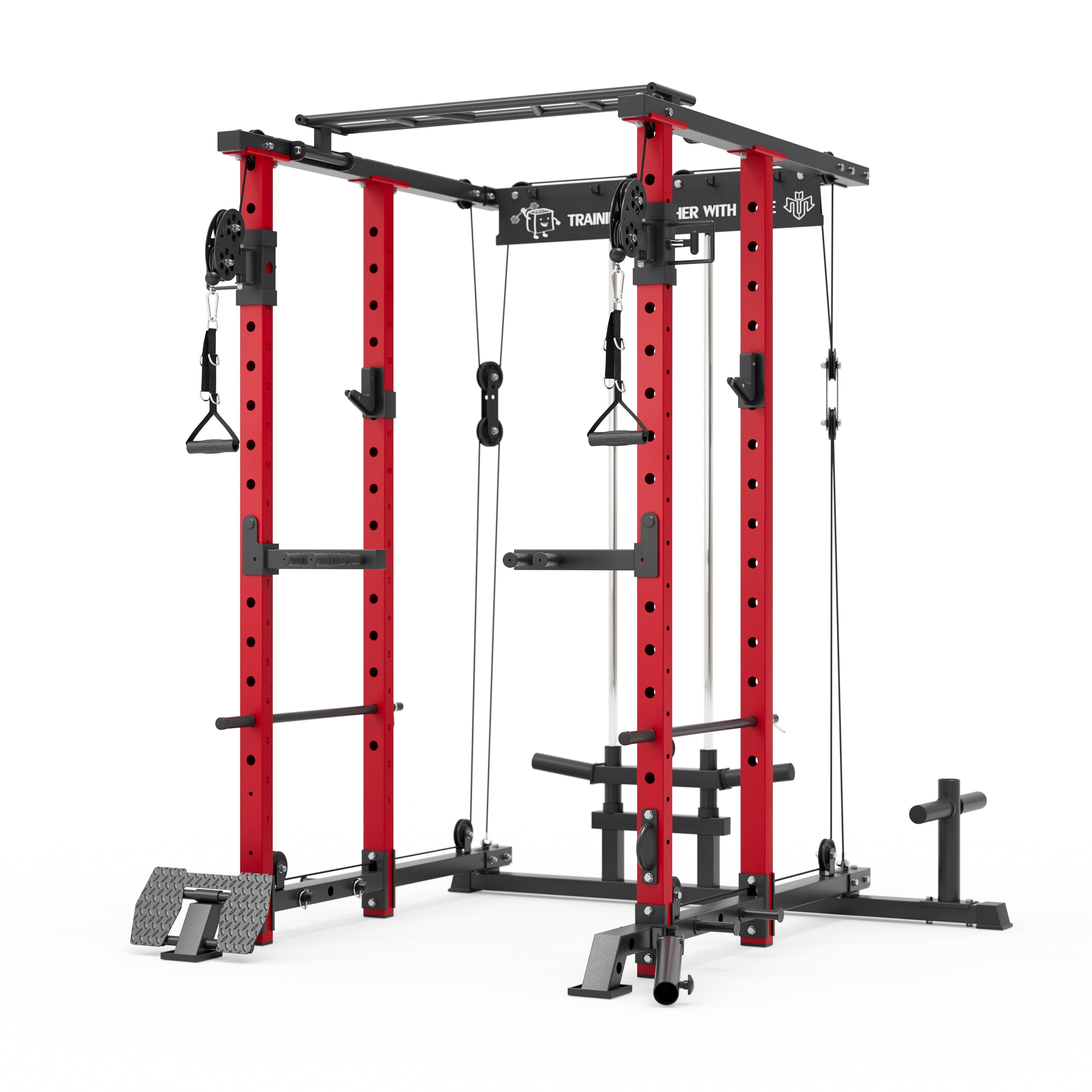
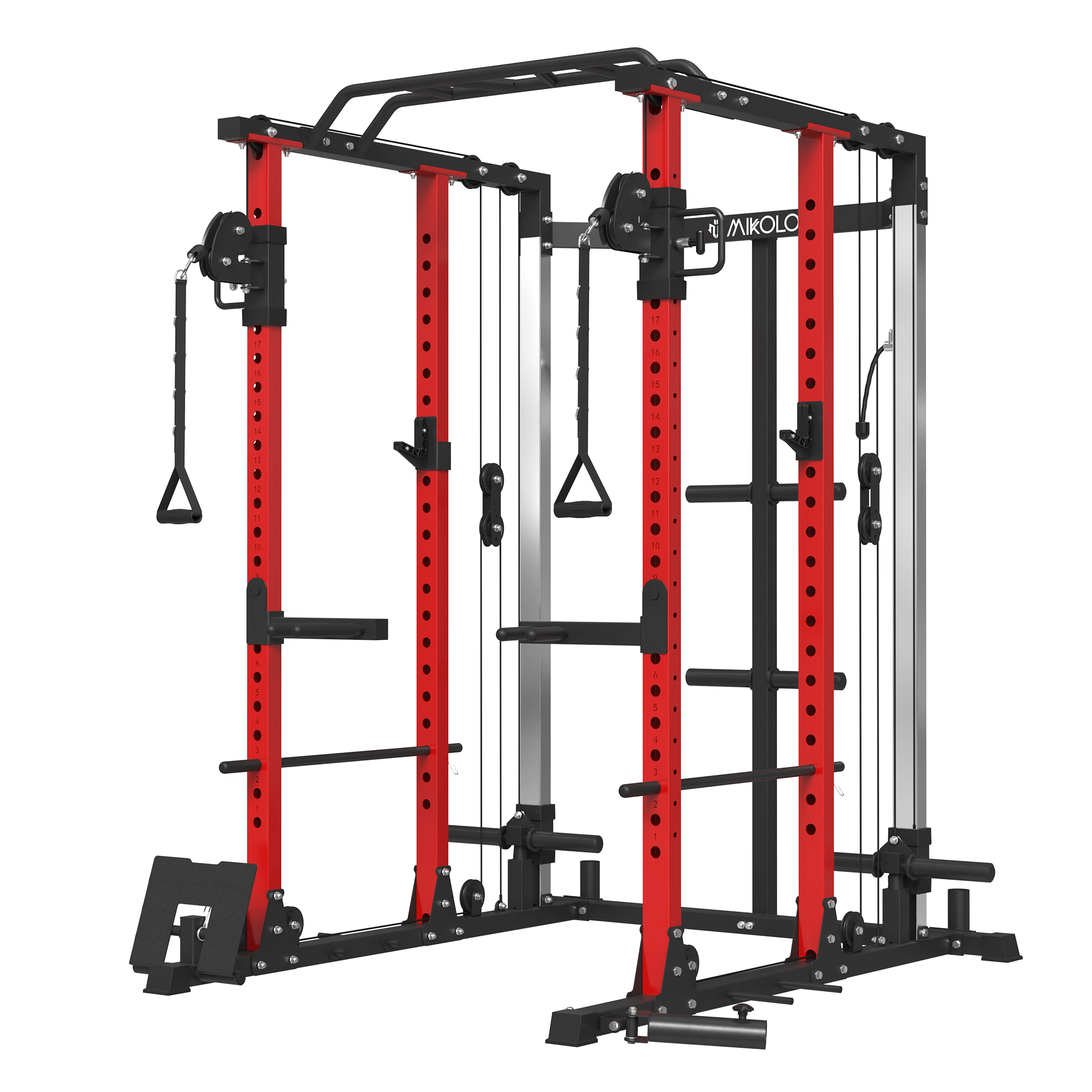

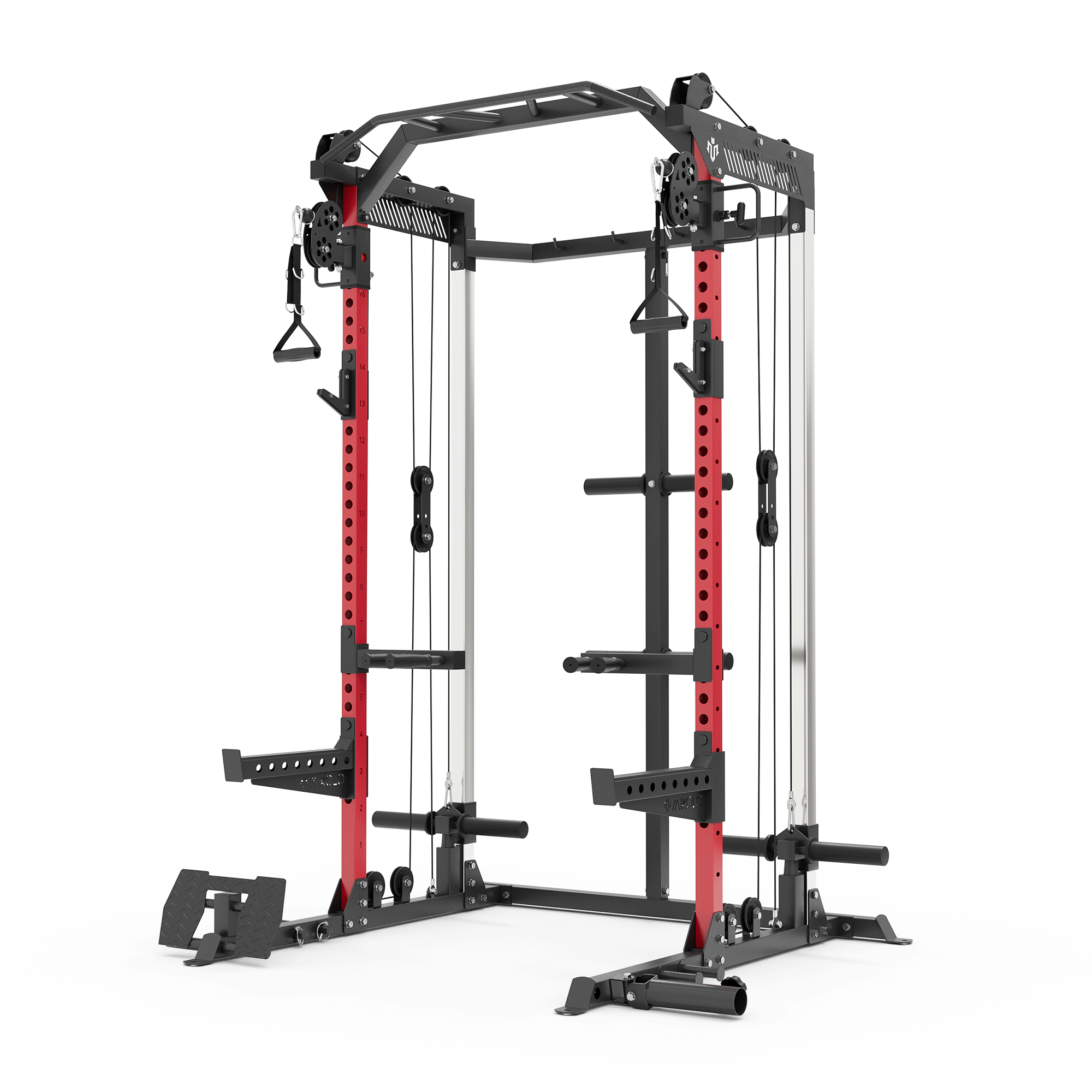
















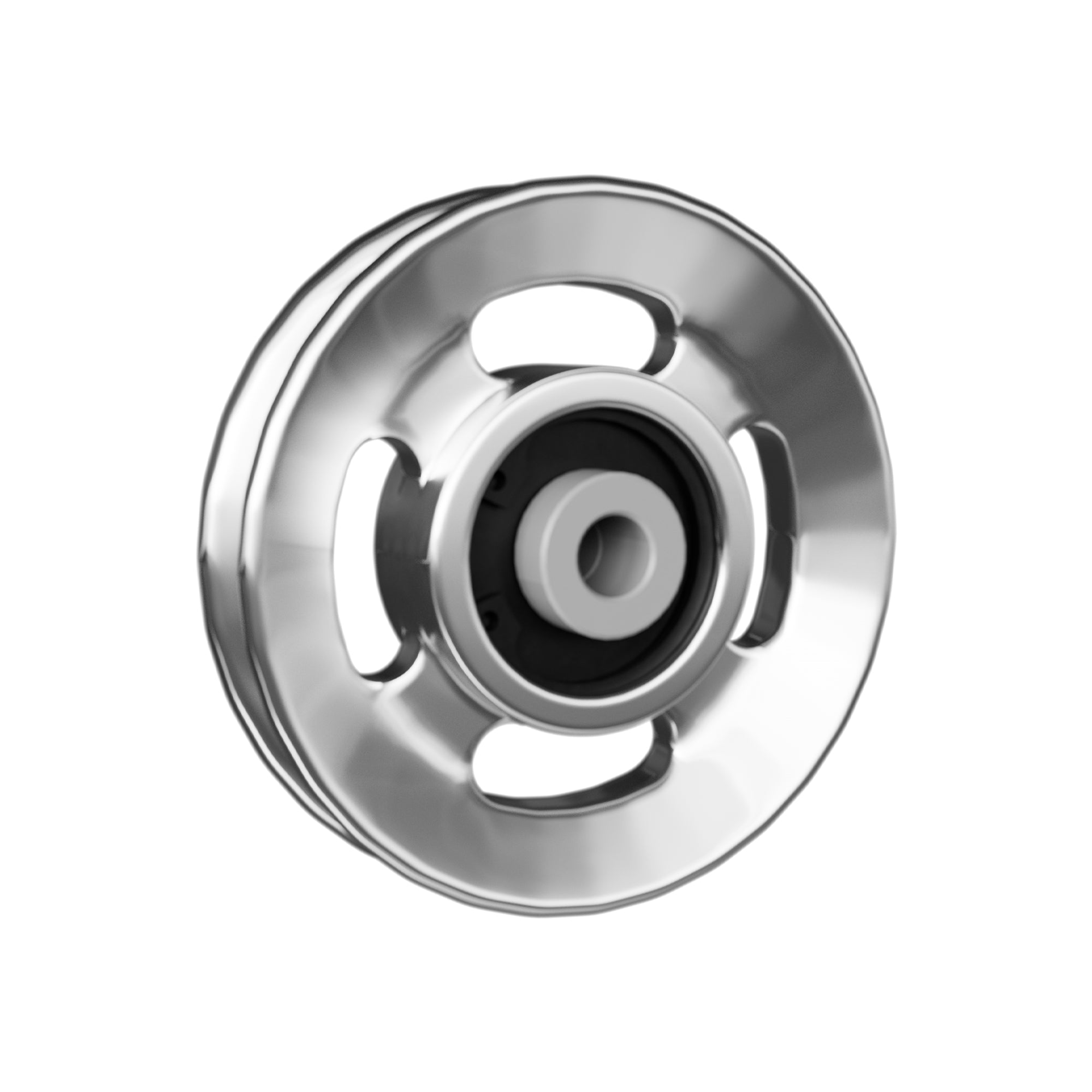
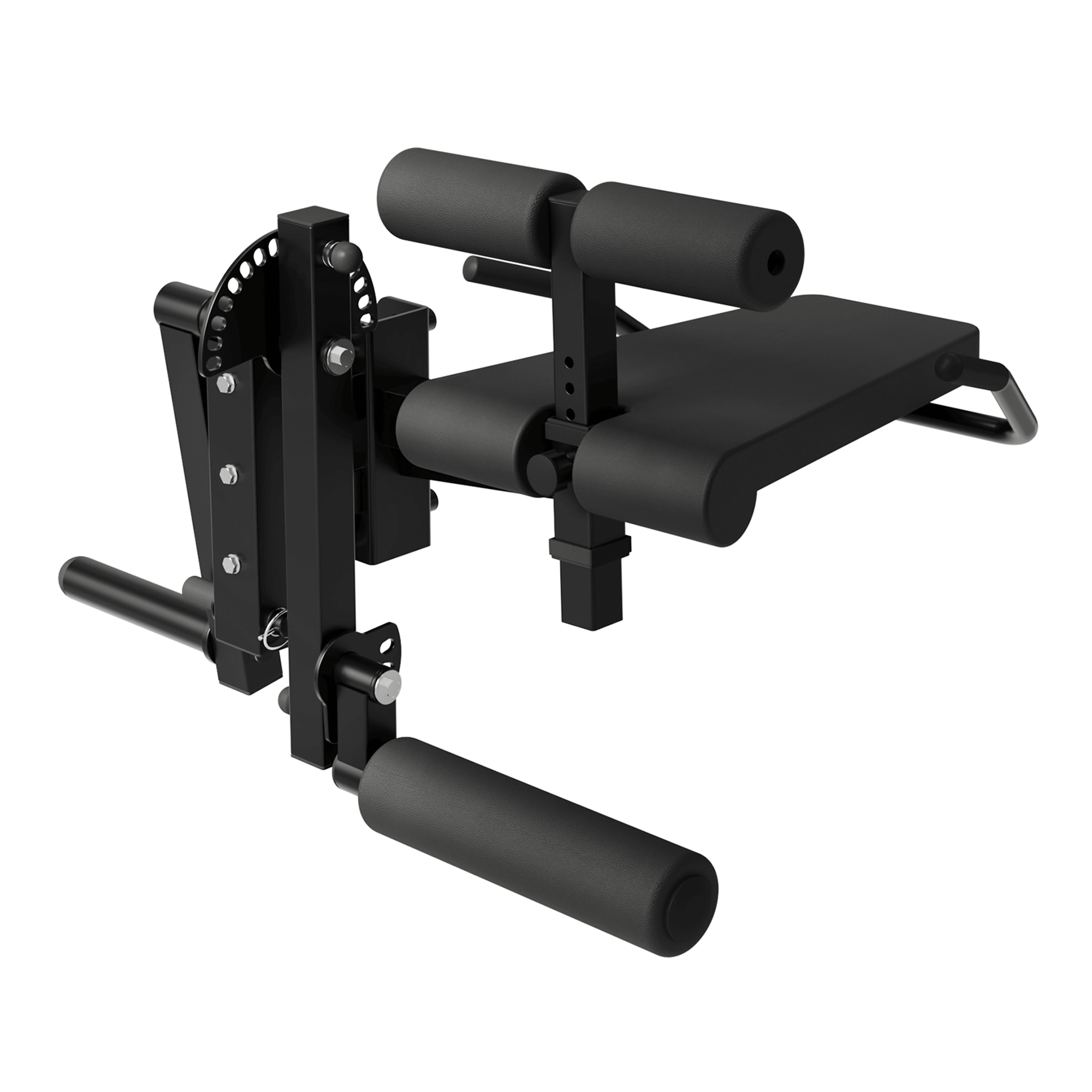



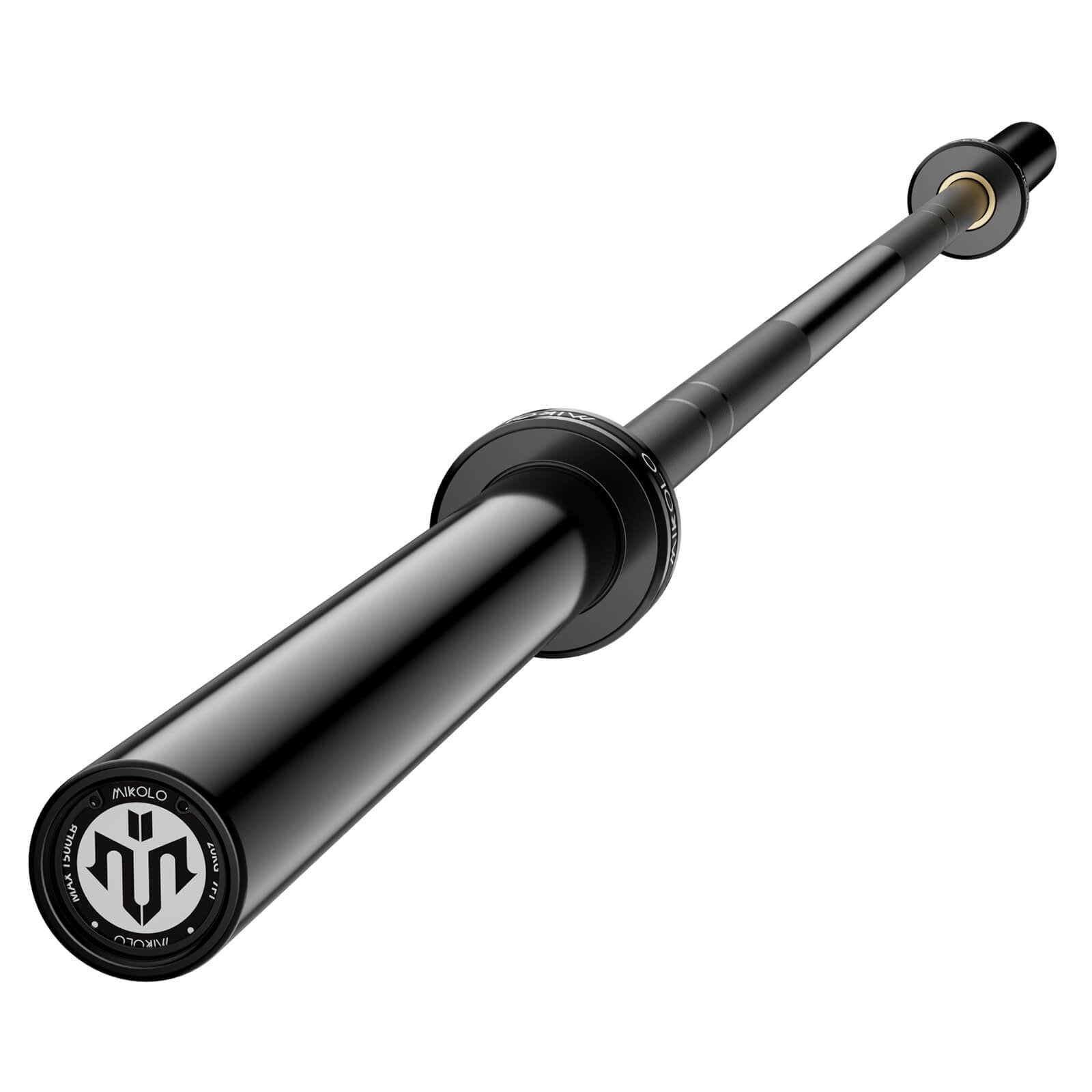



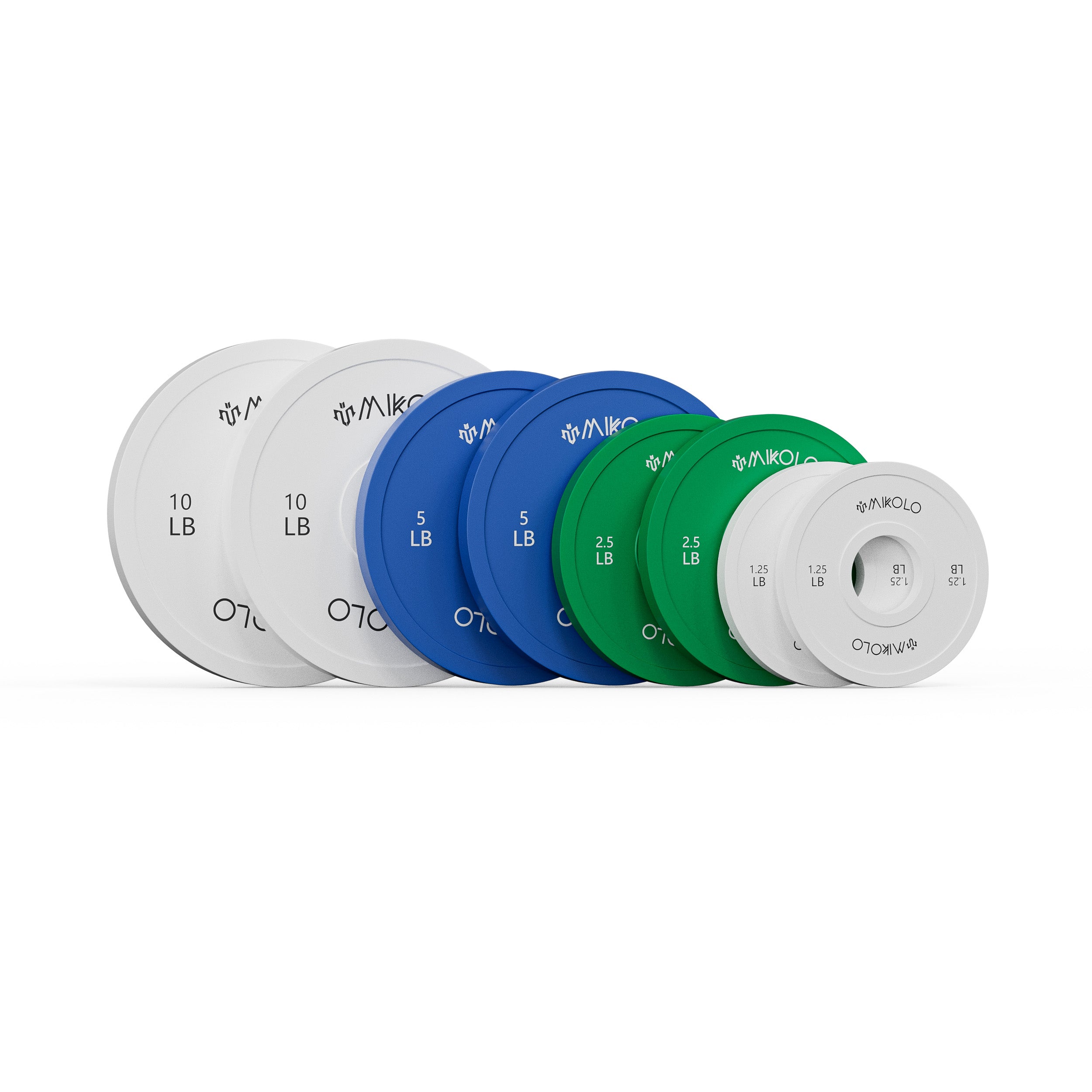




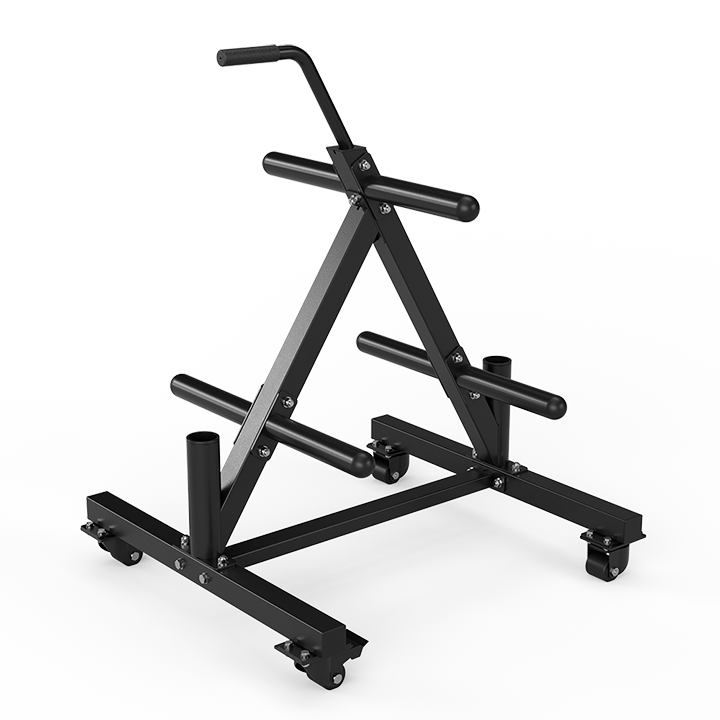




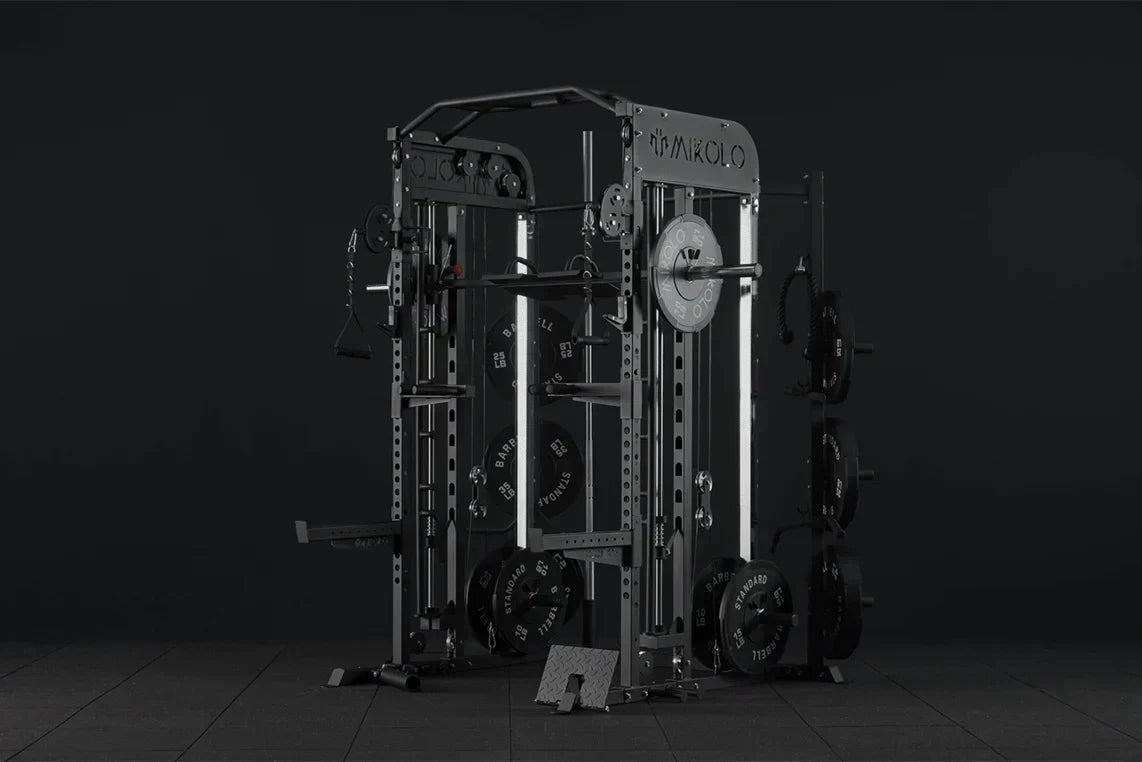

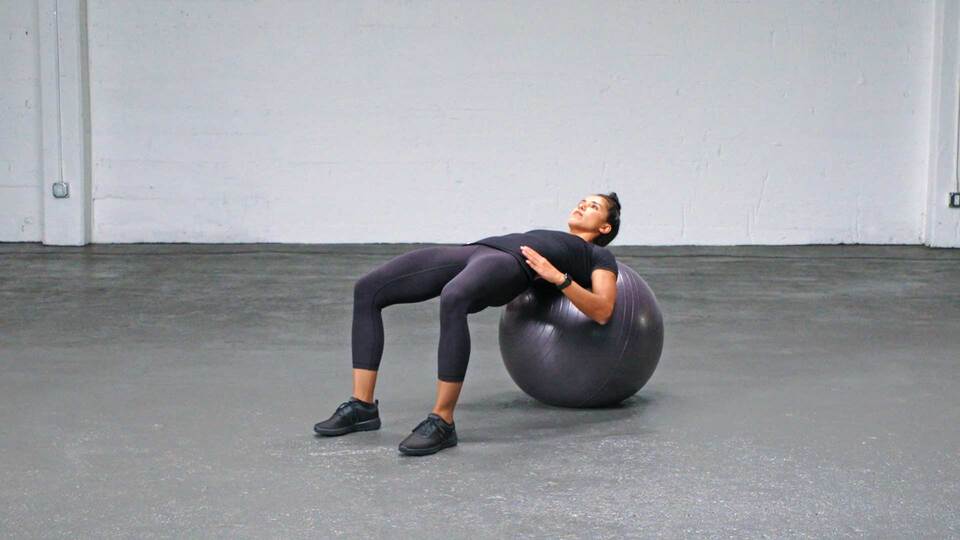
Leave a comment
This site is protected by hCaptcha and the hCaptcha Privacy Policy and Terms of Service apply.